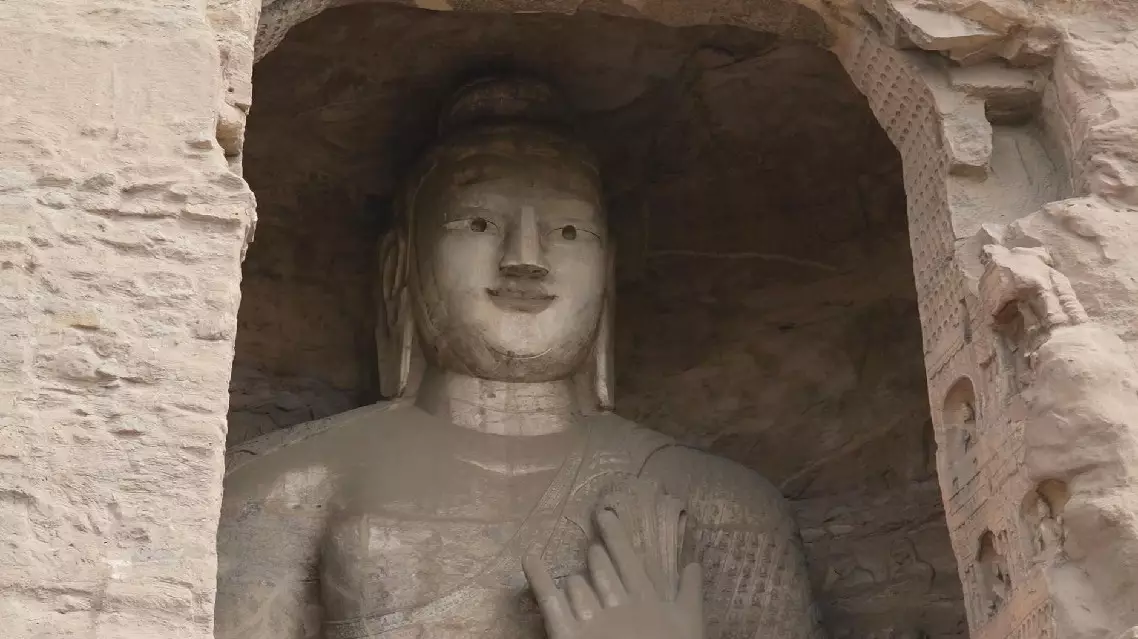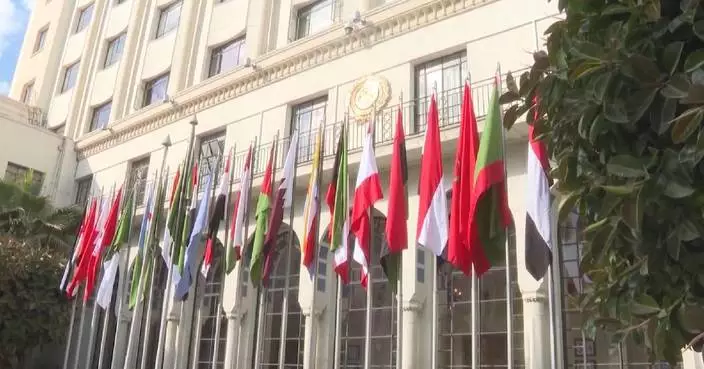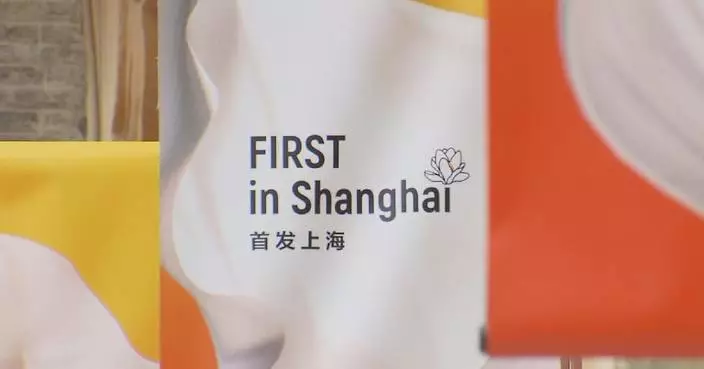By alleviating the impacts of mining industry and adopting 3D scanning technology, Datong City in north China's Shanxi Province works to conserve tens of thousands of stone Buddhist sculptures in Yungang Grottoes, a UNESCO World Heritage.
Located in western Datong, a traditional coal-mining city, Yungang Grottoes were surrounded by major coal transportation routes. As a result, sulfur dioxide in the soot eroded the fragile statues in the grottoes, which were cut from the mid-5th Century to early 6th Century AD.
The site with a carved area of 18,000 square meters is home to 252 caves and niches and 51,000 statues. They represent the outstanding achievement of Buddhist cave art in China.
In an effort to protect the cultural heritage, local authorities suspended the old coal transportation road and built a new one away from the cultural site. Nearby residential buildings were also relocated for building the grottoes into a scenic spot surrounded by planted forest.
Removing dusts from stone Buddhist sculptures, leveling bends, and mending cracks, cultural relic conservators who work in dark grottoes have to face a dozen of challenges.
They are also deploying 3D scanning technologies to a building data base for each sculpture.
"The data we collect now is measured by millimeter or sub-millimeter levels, which is precise enough to make a high-precision digital replication of the whole grottoes. Collecting data as exactly as this is for recording the status of the cultural relics so that the data will be used in the following restoration and also exhibition," said Wang Jiaxin, a technician of the digital center of the Yungang Grottoes Research Institute.

Shanxi protects ancient Buddhist grottoes through environmental conservation, 3D scanning









